
If you are a spa lover you must be thrilled to come to Japan, for it is a spa paradise with many Onsen towns all over Japan. And you may have heard somewhere along the line, that there are 3 best onsen. One is Arima onsen in Kobe (Osaka, Kansai area), that the famous Taiko Hideyoshi Toyotomi, one of the old ruler of Japan loved, and it is said to heal disease. Another is Kusatsu onsen in Gunma (Tokyo, Kanto area) also famous for curing disease. That’s two… Wait aren’t you forgetting the last 3 best onsen in Japan? That last one would be the onsen of beauty, Gero onsen of Nagoya Chubu area!!
What you will learn
Gero onsen is a natural beauty spa
Excellent accommodations
Gero onsen is a natural beauty spa
The hot spring of Gero is said to be the beauty onsen, you’ll definitely feel it once you touch the hot spring springing out from all around the town of Gero. The water here is slightly white and it feels like facial water, and when your skin will feel smooth after bathing.
Gero have many foot bathing spots around town and you can try them for free of charge! There are so many spots that I recommend going on sandals, for you’ll be tired of taking off your shoes and socks so many times!!
I myself have a sensitive skin and have a hard time maintaining my skin condition during the dry winter season. That’s why I go to Gero every winter so that I can control the skin condition and help it recover with the skin maintenance qualities of Gero onsen. It’s water quality is soft and relaxing and it does nit tingle and hurt like some onsen does at times.
Easy access
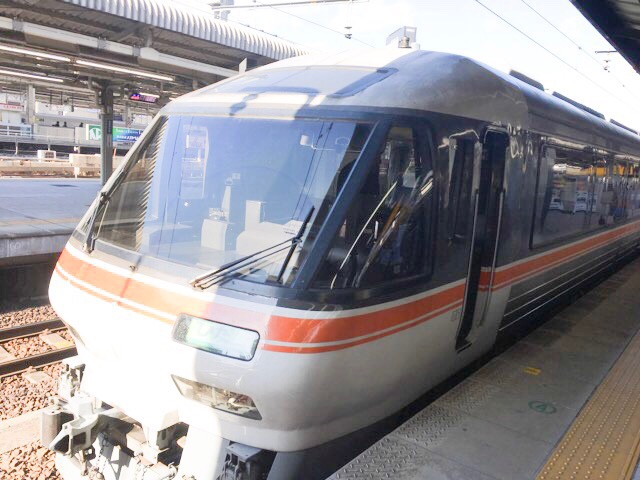
Gero onsen fortunately have a train station conveniently located in a place where most of the ryokan or hotels are only about a 5 to 10 minute walk through the town. It might be so fun to go by train and enjoy a walk through the onsen town looking at souvenirs.
I always love to go by train, and it has an express train to Gero from Nagoya which would take only about 90 minutes. It is fun to buy Eki-ben (lunch box) at Nagoya and eat inside the train. The train is called Wide-view Hida, and you can really have a nice view through valleys, rivers, and mountains.
The onsen town of Gero may not be of tour taste, if you prefer the modern town of Arima or Kusatsu, for it still have the old fashioned antique taste remaining. Though there would be Hida culture in the town that you may enjoy, such as tochi no mi senbei shops, or sarubobo goods shops, which I’m sure anyone would enjoy. Sarubobo goods is a must buy if you come with a child, for it is a good omen that your child would grow healthy and strong!!
Excellent accommodation
Hotels are packed with accommodation, which makes you feel like you don’t no need to go out. Usually, if you cone by express train, hotels would have a bus waiting outside to pick you up. However, like I mentioned above, unless your hotel is far away, I recommend walking through the town to enjoy the town. It also have a bus from the hotel to the station, which you may appreciate.
Moreover, in a typical onsen ryokan (hotel) in other areas, there would only be one bath. However, in most hotels in Gero, they usually have 2 to 3 baths which rotate men and women time by time. Each bath have a different concept which makes you want to try all of them!!
What’s good about onsen in Gero is that they have shampoos, facial lotions, tonics and other amenities you may need, they are ready for you to use in every bath. Most onsen in Gero provide other basic accommodations as well such as free wifi, kid’s play space, and souvenir shops. *Please check your hotel for details.
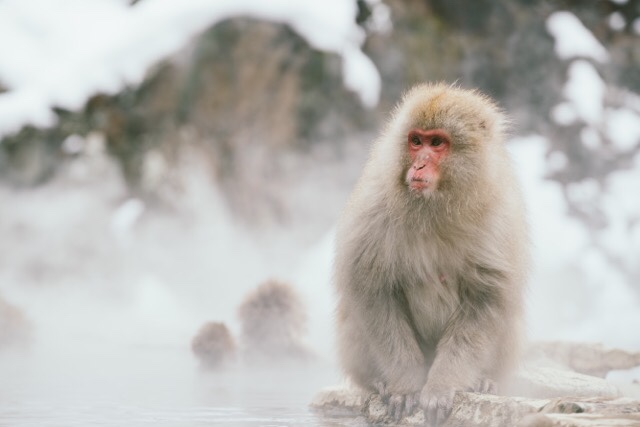
Summery
- Gero onsen is certainly onsen of beauty!
- Easily accessible by Wide-view Hida
Excellent accommodation awaits tourists - Which means it is highly recommended to go if you stop by Nagoya area.
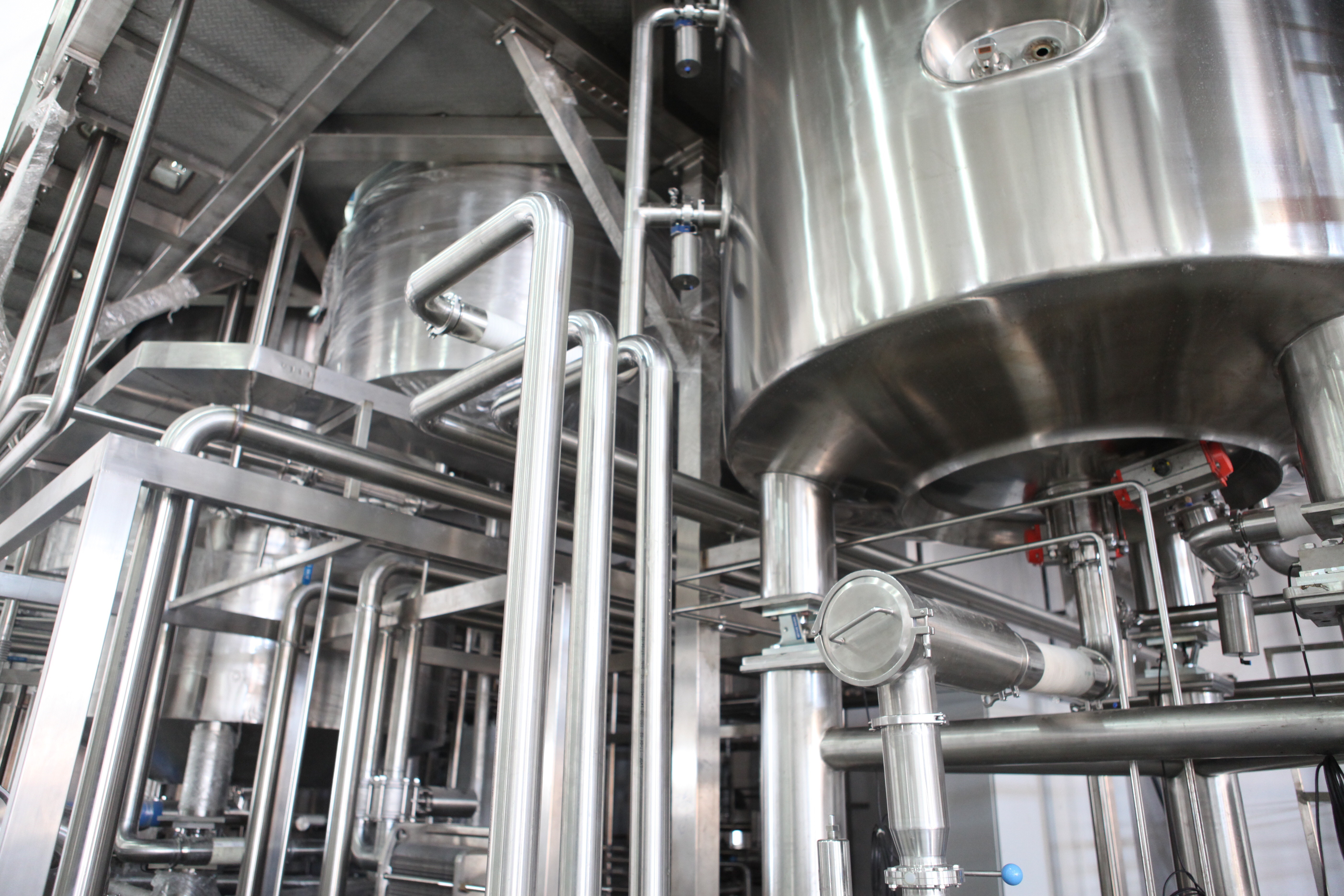
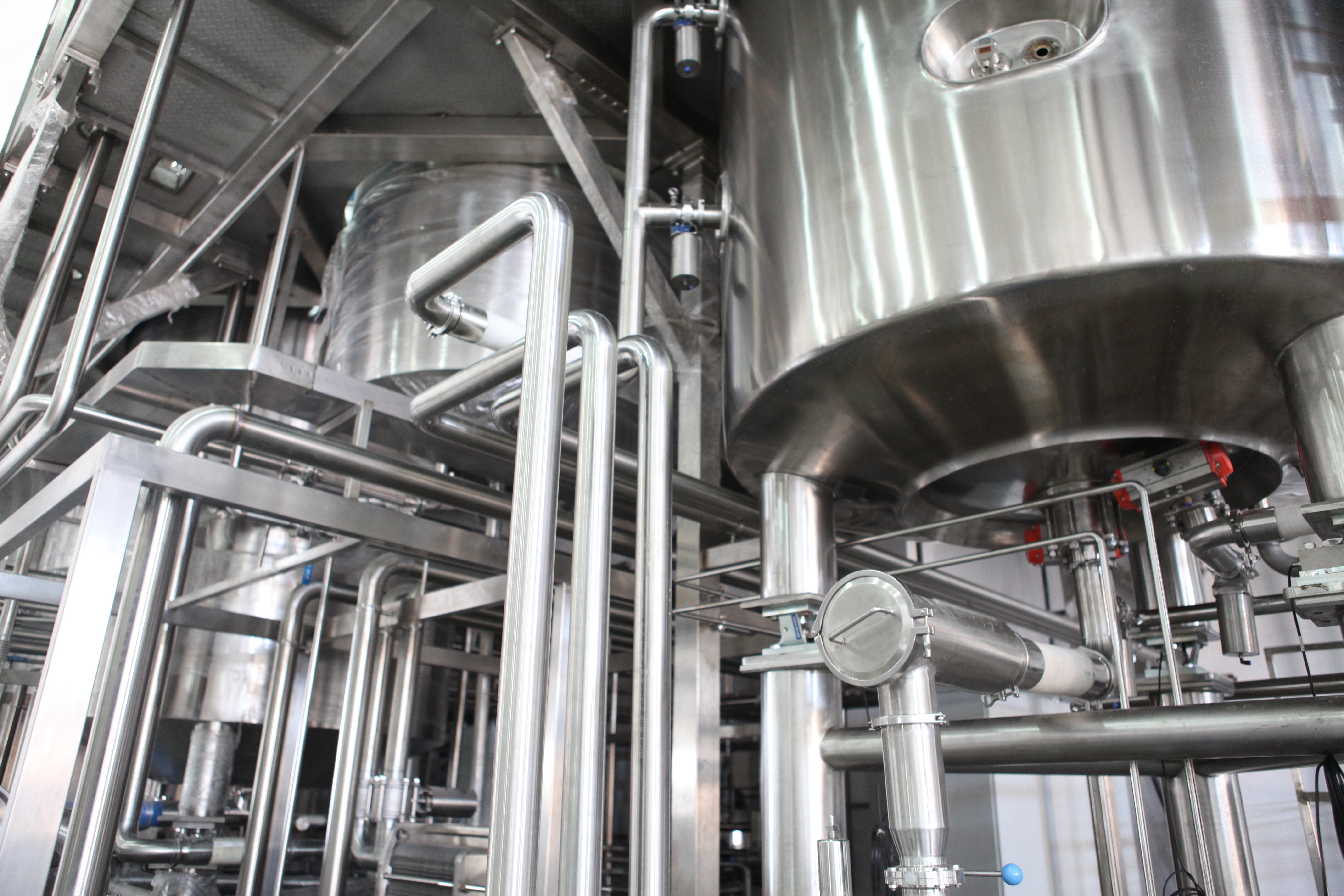


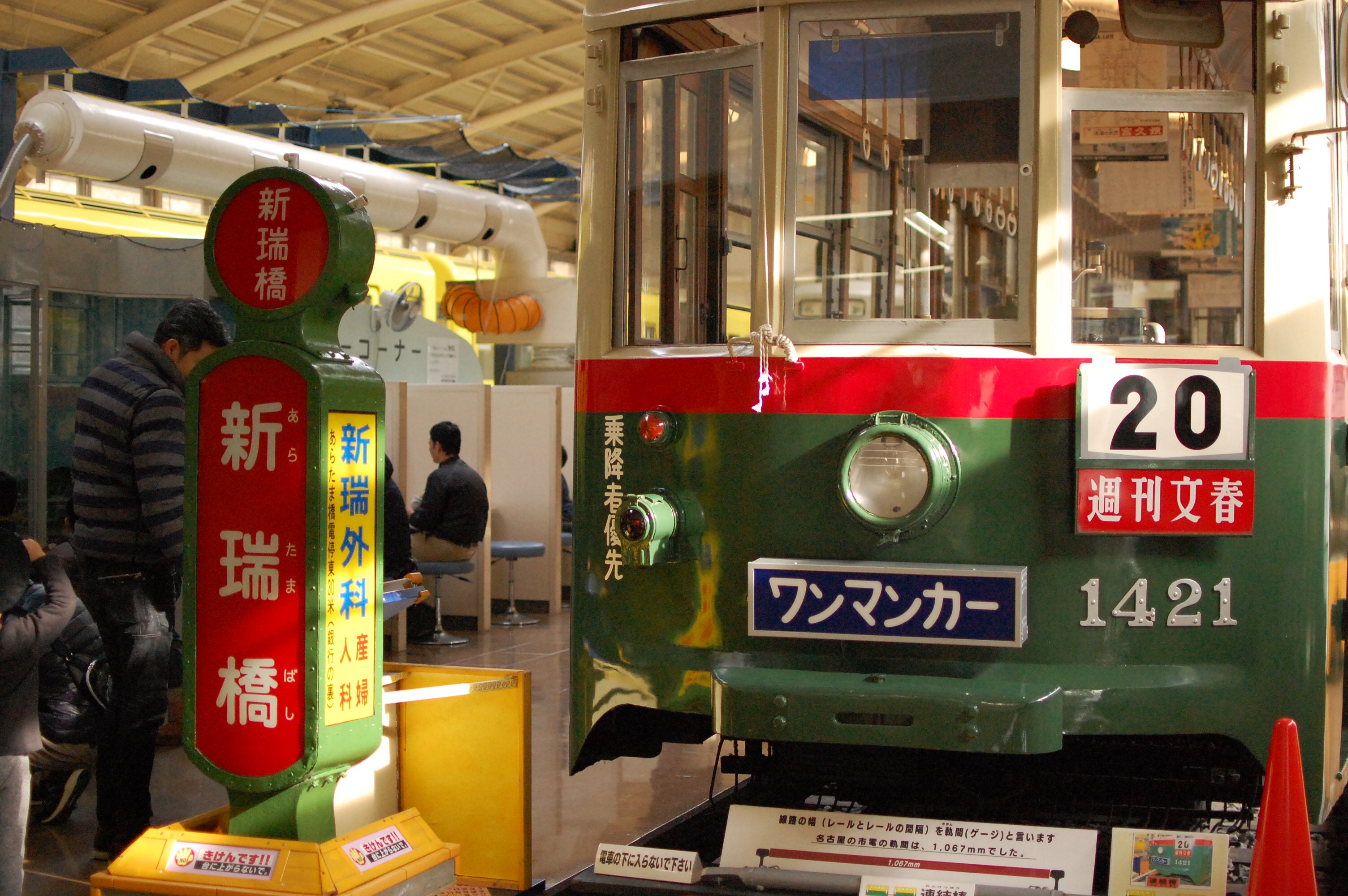
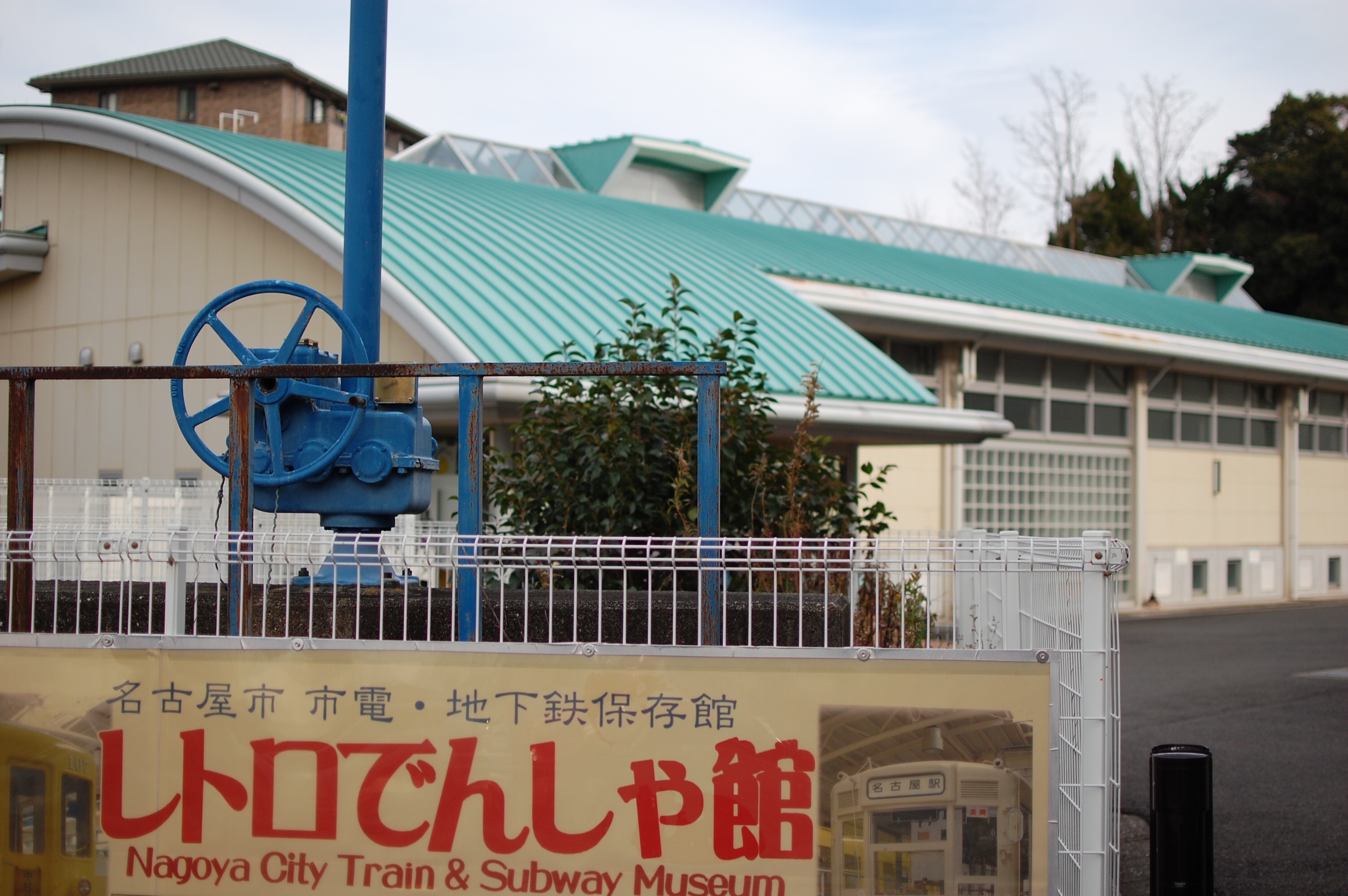
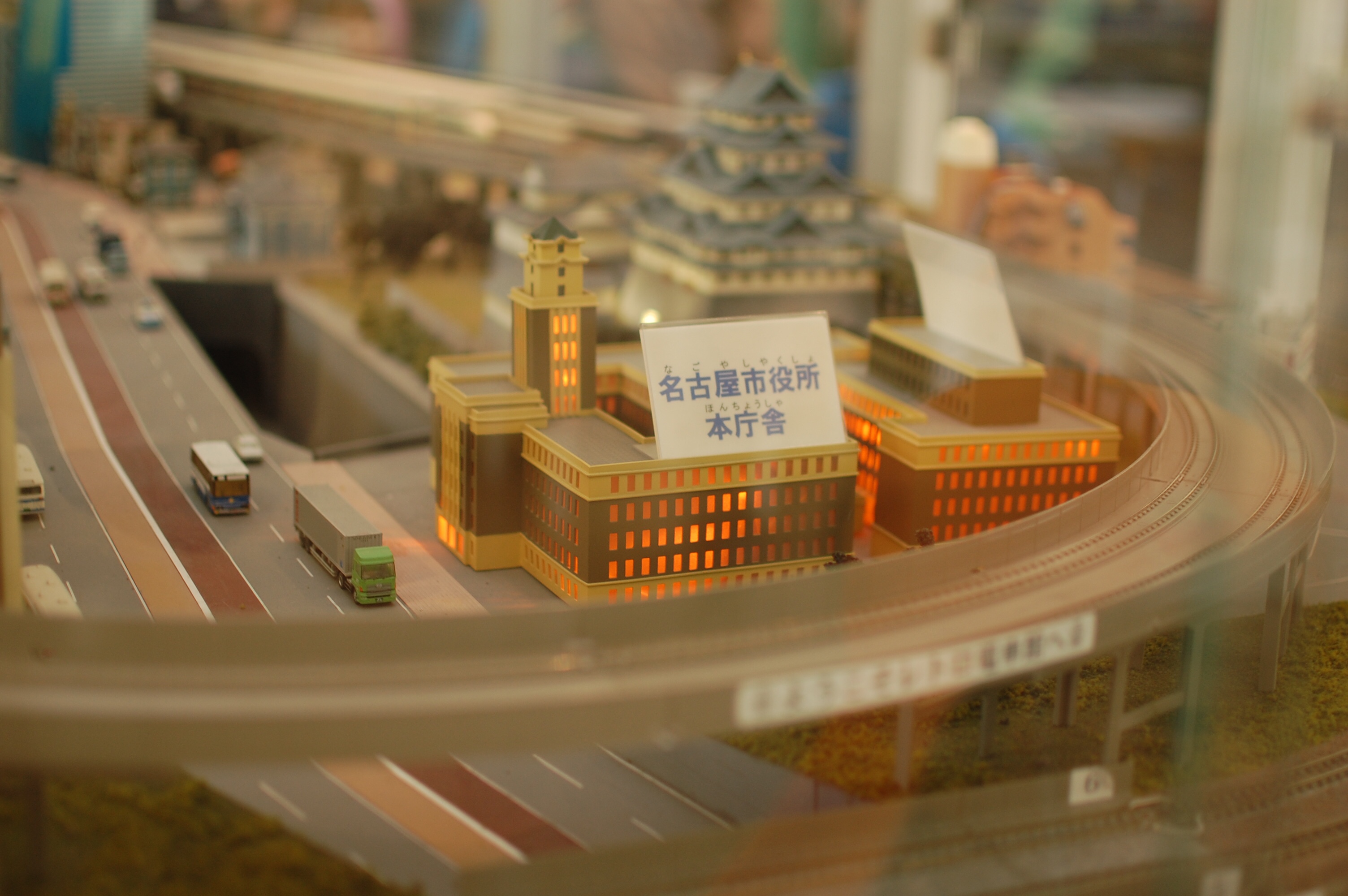
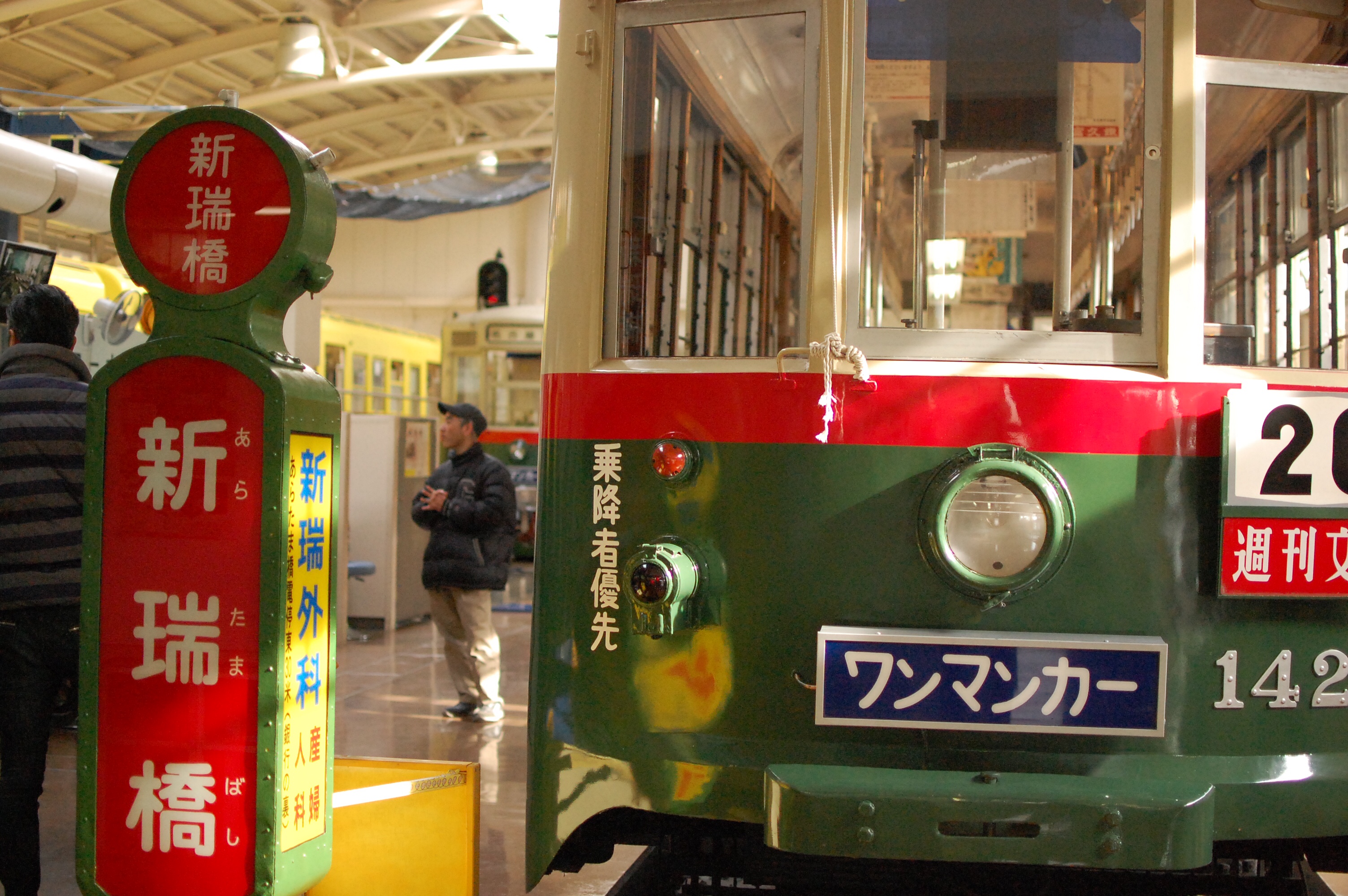
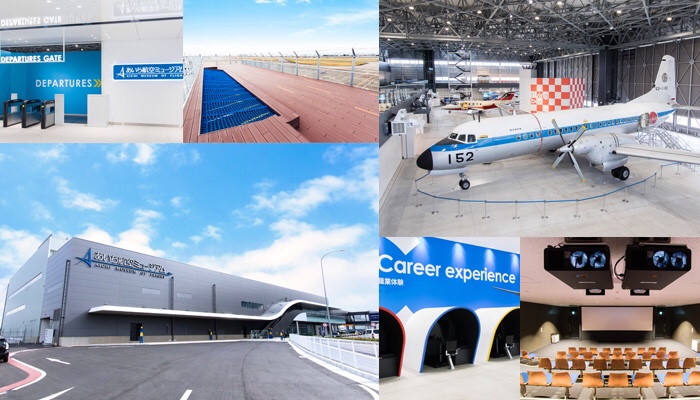
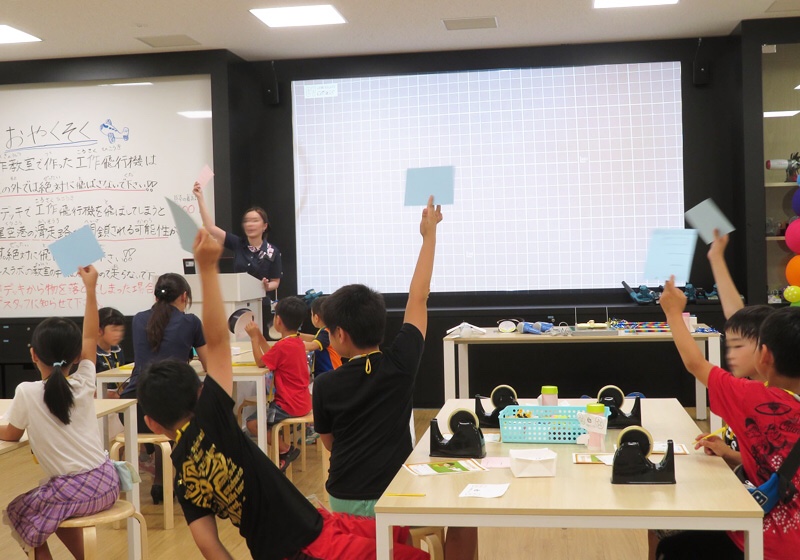
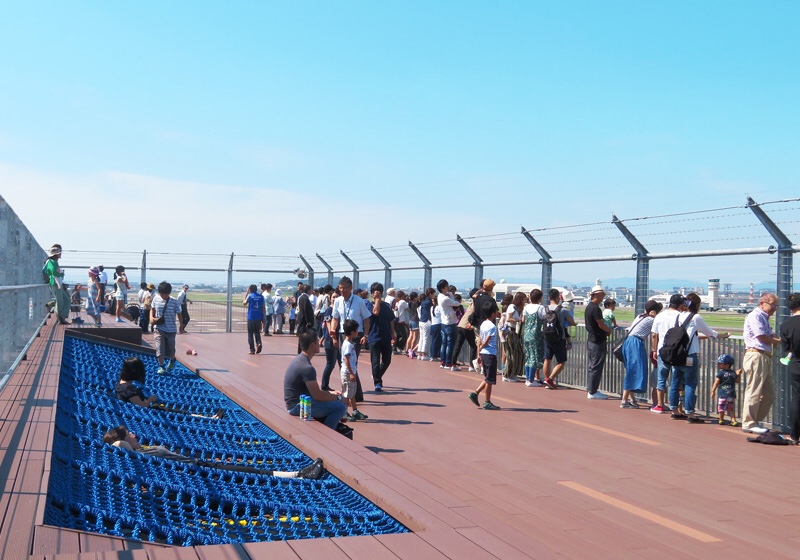
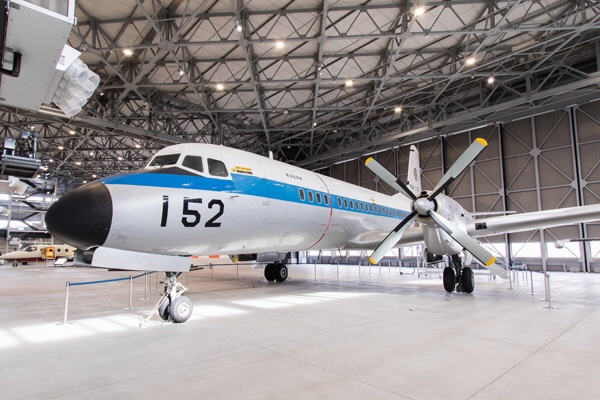
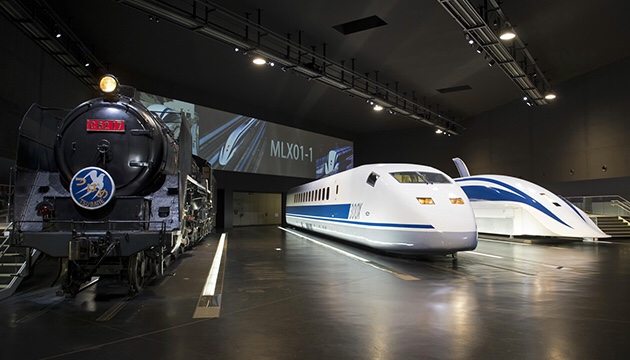

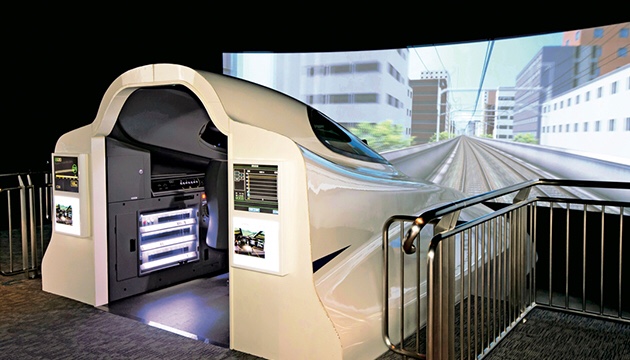
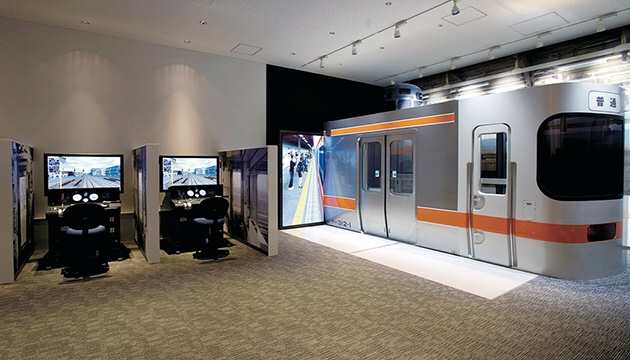
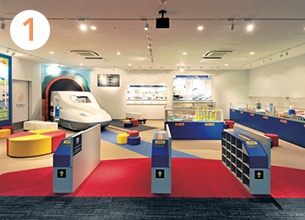
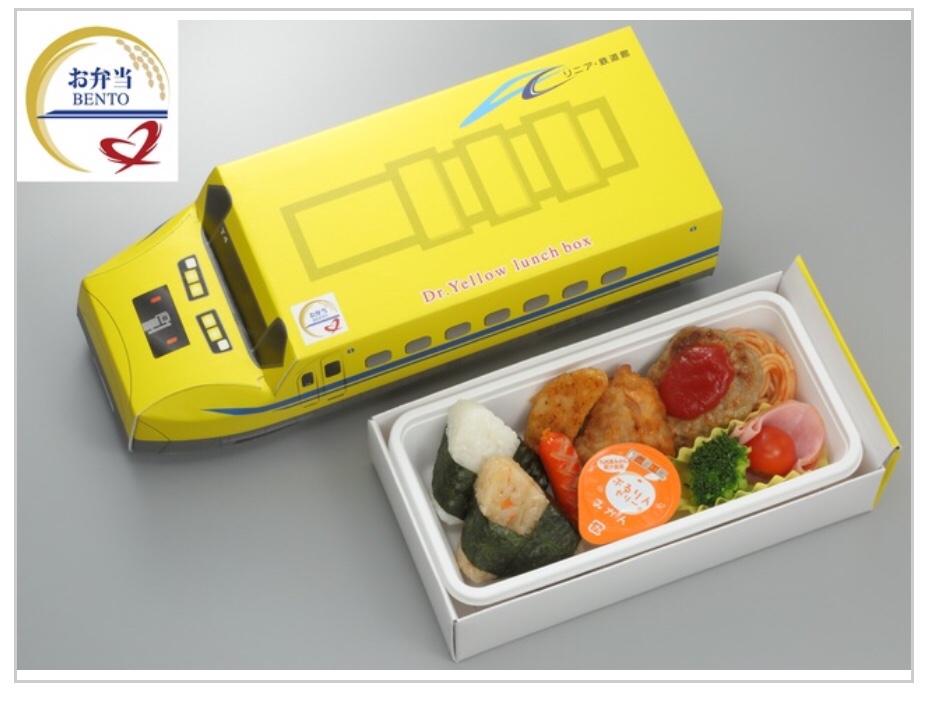




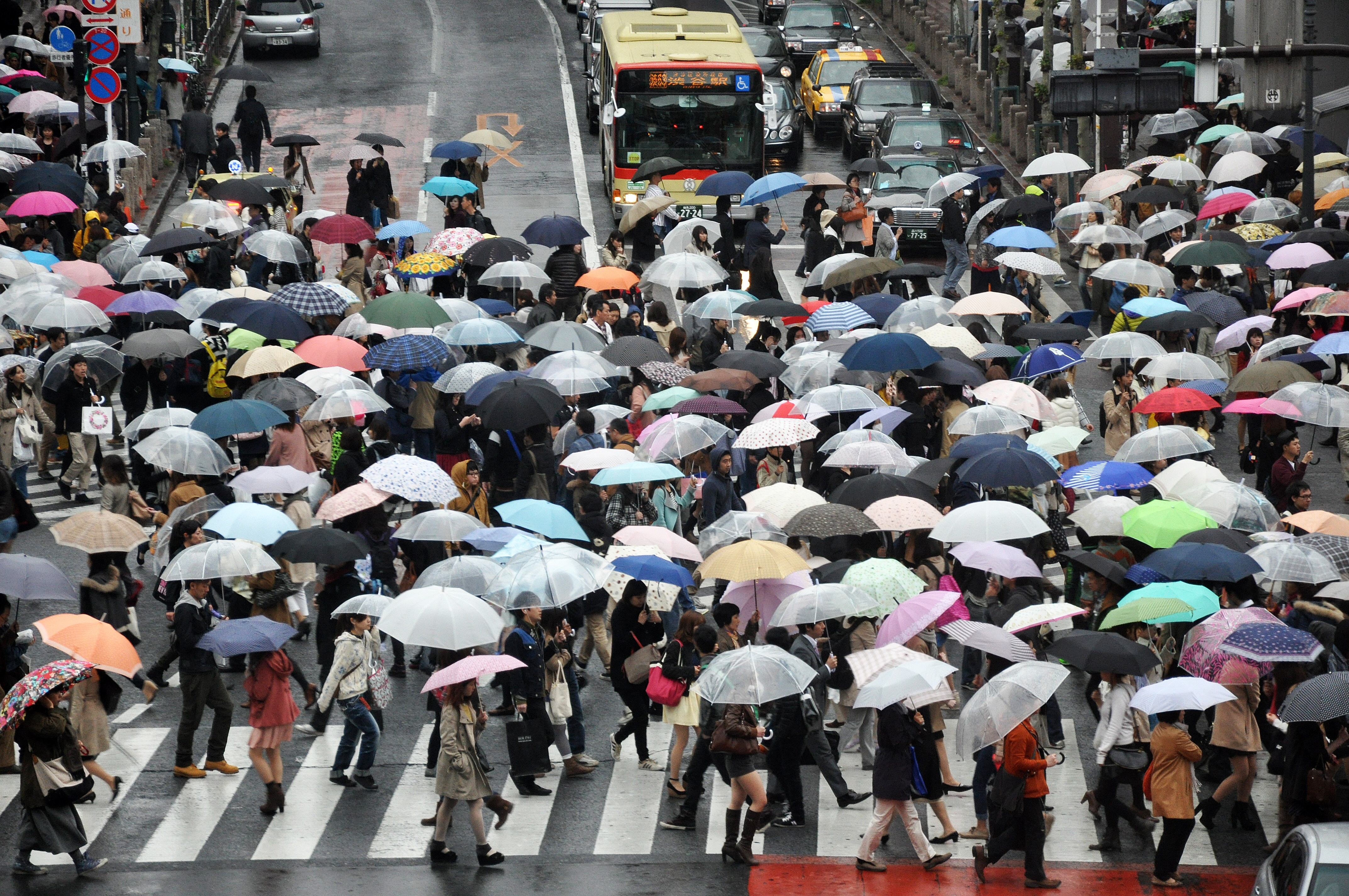
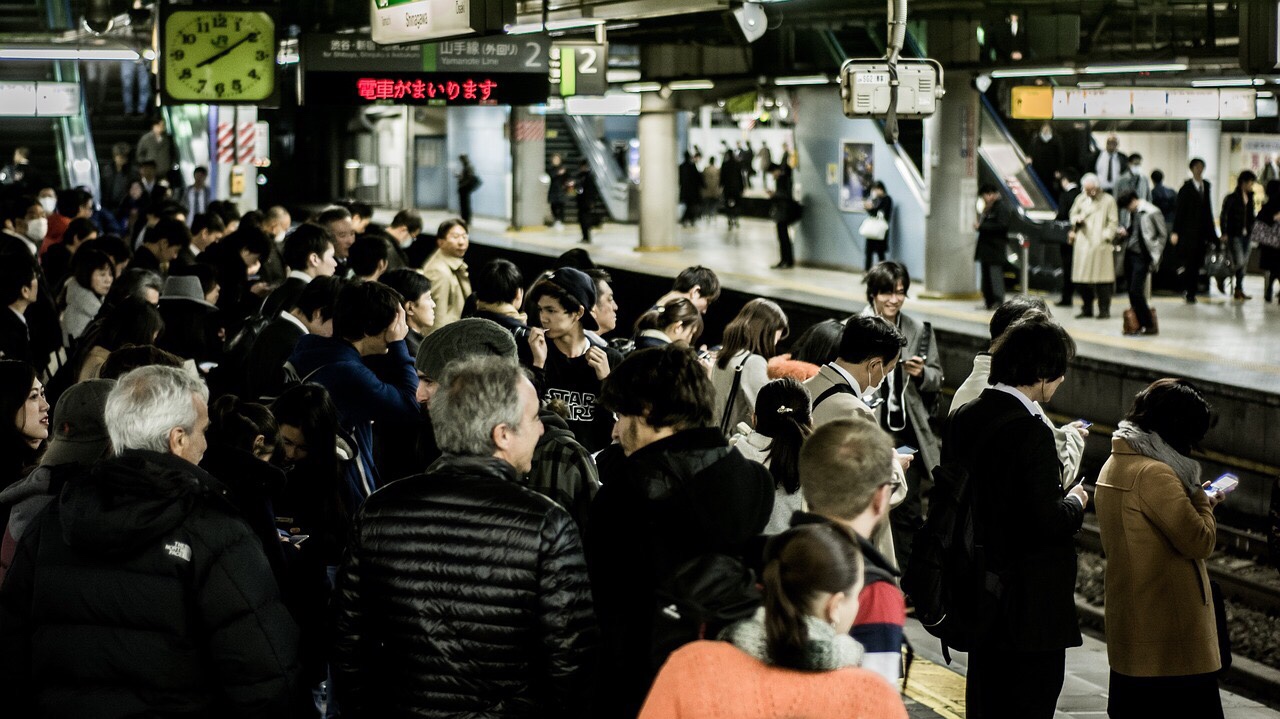







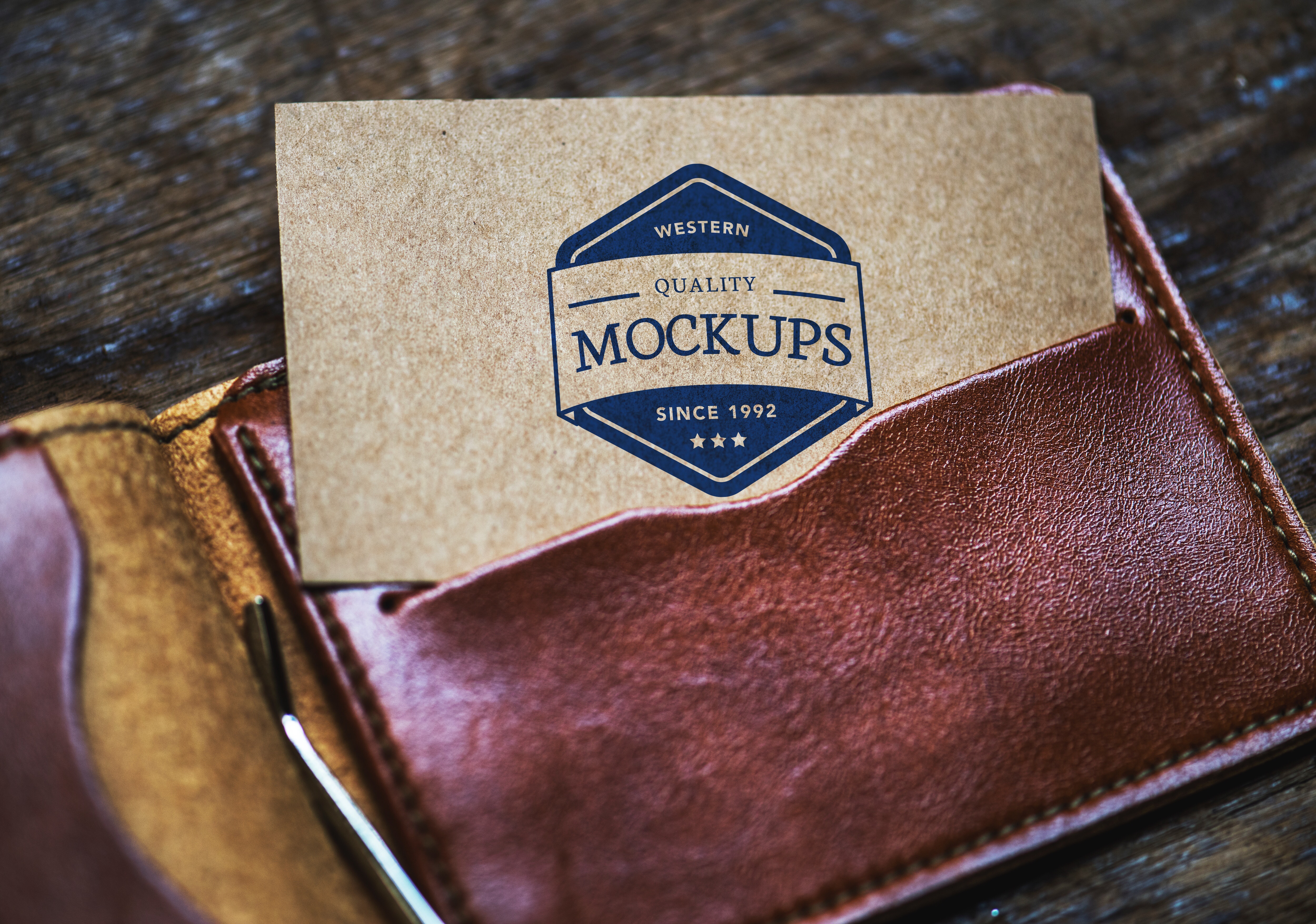


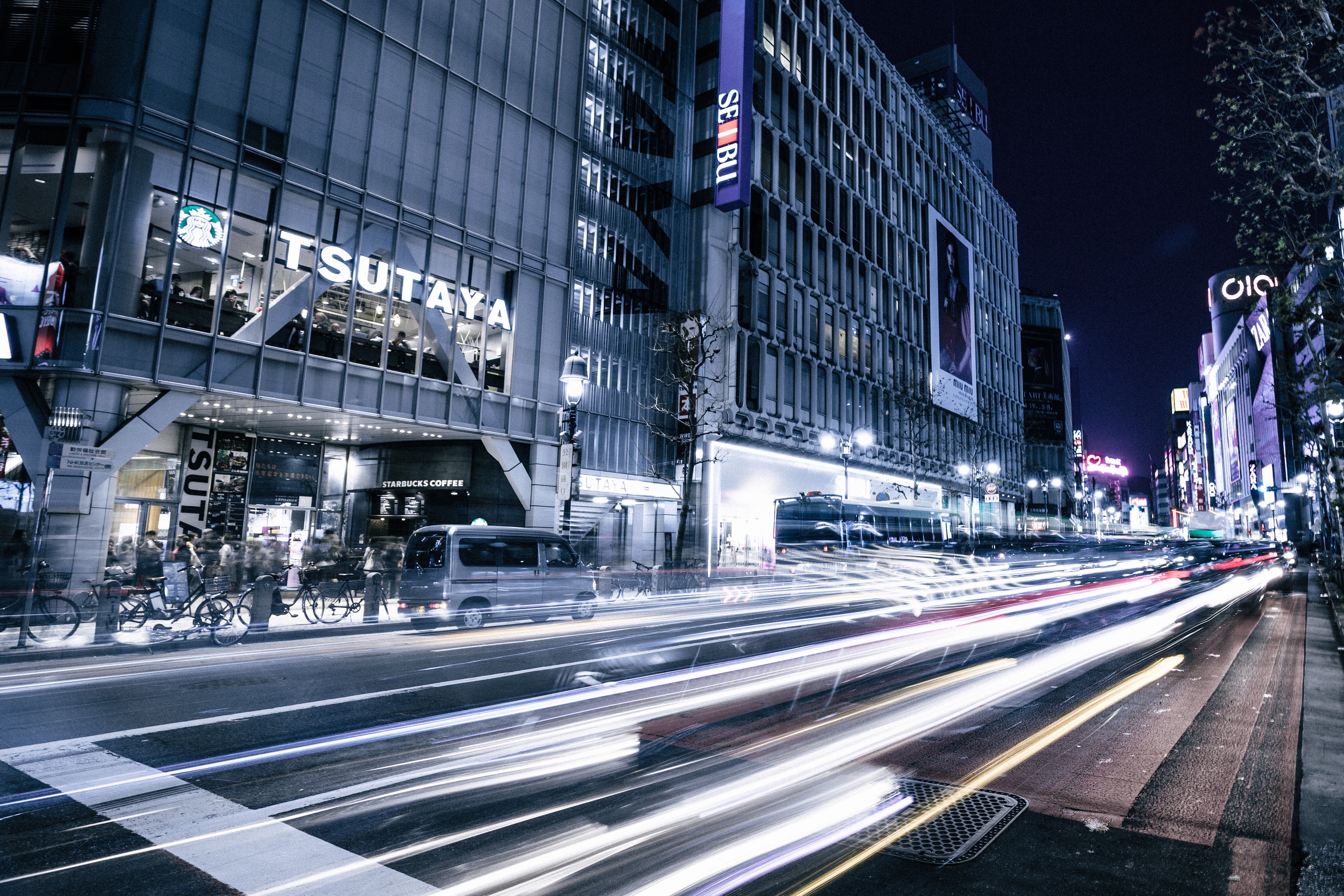 Japanese business greetings are totally unique and are different from Western countries. This may be due to Japan developing a unique culture being an island country. This unique culture had mixed together in the industrial era in the 19th century with the modern idea of corporate culture, and seems to give birth to a distinct business culture like no other.
Japanese business greetings are totally unique and are different from Western countries. This may be due to Japan developing a unique culture being an island country. This unique culture had mixed together in the industrial era in the 19th century with the modern idea of corporate culture, and seems to give birth to a distinct business culture like no other. If you remember these following 4 greetings, you won’t need another for the rest of your business career at a Japanese firm.
If you remember these following 4 greetings, you won’t need another for the rest of your business career at a Japanese firm.